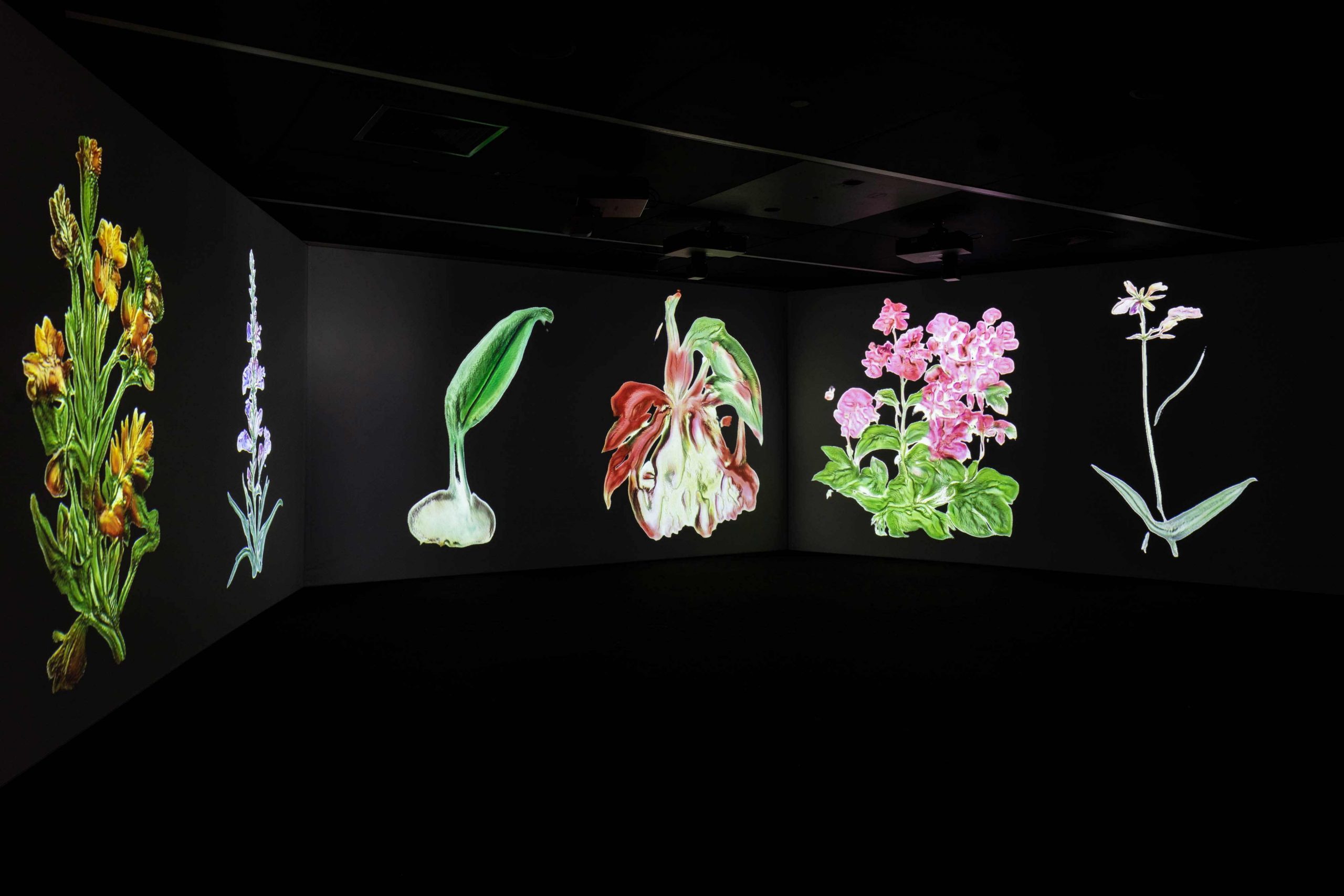Tall Tree Tales: Inga Simpson’s Book of Australian Trees

- Words by
- Georgina Reid
I grew up reading stories grown on the other side of the world. The Magical Faraway Tree by Enid Blyton, Anne of Green Gables by L.M Montgomery, the Flower Fairies series by Cicely M Barker. Landscapes that were of a shade of green non-existent in Australia. Pretty cottages surrounded by deciduous forests. Pine trees, beeches, birches. Plants I could only know on the page.
I loved these stories. They carried me for years, fostering a yearning for a place I’d never been or experienced. A landscape both familiar and unknown. And so it was, I imagine, for many of us growing up in the antipodes.
It is often said, in relation to race and gender and cultural visibility, that you cannot be what you cannot see. Perhaps in relation to story this adage might shift slightly, to something like this: You cannot see what you do not read. The landscapes I drew in high school art classes were copied from books of European gardens. I remember vividly, yearning to wander through fields of bluebells enclosed by a forest of white-barked birches, to climb the magical faraway tree in the forest that looked nothing like the trees or forests I knew.
The cumulative effect of growing up immersed in the Australian landscape has, of course, made its presence felt in my heart, but it was a slow burn. For a long time, our landscapes felt somehow inadequate. Not quite green enough, not quite soft enough, certainly not pretty enough.
Would I have been quicker to value the Australian environment and its beings if I grew up on a diet of stories about it; stories placed in our own landscapes, populated by our own trees and their particular forms of magic and wonder?

With four books under her belt (Mr Wigg, Nest, Where the Trees Were, Understory), two more on the way, and a PhD in nature writing, Inga Simpson is no stranger to words or trees. She lives surrounded by forest on the south coast of NSW, trees feature liberally in her writing and she spends a lot of time talking to them. Her latest publication, and first children’s book, The Book of Australian Trees, is a book that makes the world of trees outside our front and back doors, here in Australia, visible.
The seed for The Book of Australian Trees began germinating soon after the release of Understory, her 2017 memoir structured as a forest; each chapter a species of tree. People kept suggesting she write a book about trees for kids. Eventually, her publisher proposed the same thing. She began researching, and couldn’t find any children’s books exclusively about Australian trees. “I was appalled. I thought, oh well, there’s plenty of space, why not?” She says.


The Book of Australian Trees features 16 of the tallest, fattest, oldest and most unusual Australian trees. From banksia to bottle tree, bunya to brush box, Inga tells each of these special character’s story in a way that is both informative and imaginative. ‘I wanted it to be poetic enough so it’d sound nice being read out loud, but also have enough information in it that older kids will find it interesting.’ She says.
Of brush box (Lophostemon confertus) she writes, ‘Their bulging pink roots look like giant feet, and the bumps and lumps on their trunks are a lot like noses. Gardens of ferns, orchids, mosses, lichens and fungi live in their crowns.’
Distilling the science and poetry of trees is not easy, Inga tells me. “It was the hardest 800 words I’ve ever written. I’ve never believed in speaking down to children, so I wouldn’t write down to them either. It took an extraordinary length of time.”

I read this book (aloud, because it sounds great – alliteration, repetition, rhyme, yes!) and I think: what if all writing about trees and the other-than-human world was this alive? What if our imaginations were engaged, not just our minds? Who says, just because you’re an adult, you cannot see the noses in the trunks, the arms waving in the crowns, the toes wriggling in the roots?
After all, where the heart leads, the mind follows. It makes perfect sense, then, to foster heartful and imaginative relationships with nature in all humans – young and old – as we lean into an uncertain future. Because we cannot care for what we don’t see. And, back to the beginning of this piece, it is very hard to see the things we do not have stories for, even if they’re right in front of our eyes.
The Book of Australian Trees brings the forest to the living room and classroom, helping kids to see the precious landscapes and trees around them. “I’m hoping the book will ignite the sense of wonder children have naturally, to see trees as individual species and even individuals within species. And to understand that so many species depend on them for habitat. Including us.” Inga says.
“It is our young people who will inherit the world that we have made. They have a right to know, and a chance to make a difference. To care. I wouldn’t mind if this book encouraged a few adults to care a little more, too.”
–
Post cover image of a grove of banksia trees by Inga Simpson.







